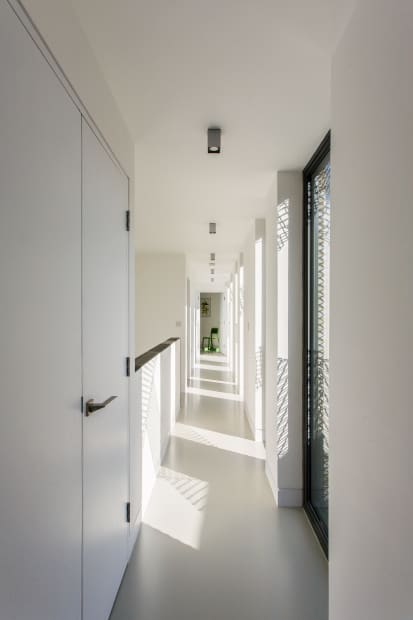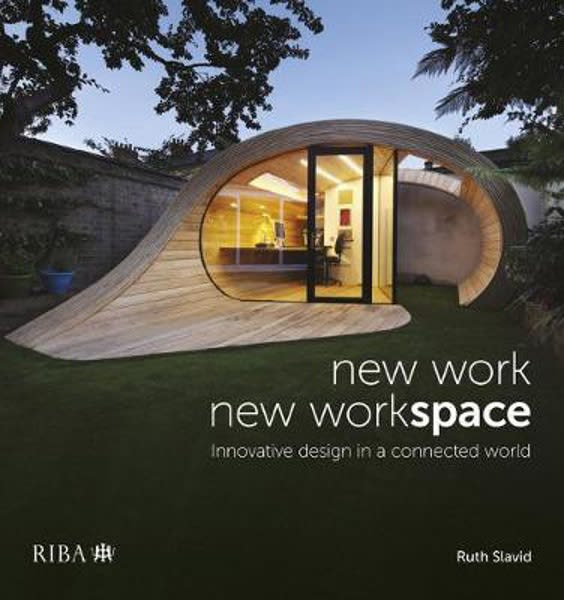-

-
“Feeling part of a community whilst also being at work is ideal. We benefit from the landscaping and connection with nature, but we also have a sense that we belong here too. ”
Changing patterns of work, leisure, and social participation have been encouraging a rethink of our expectation and needs from our workspace. The COVID-19 pandemic has spotlighted this need and accelerated the demand to do something about it.
Our mixed-use schemes have been written about in a recent RIBA publication, New Work, New Work Space: Innovative design in a connected world, by Ruth Slavid. These schemes, Forest Mews and Kaolin Court use the qualities of shared spaces to create a sense of community – which benefits from a mixing of the uses, as well as creating high quality, high-performance built environments
-
-
-
-
Publications












